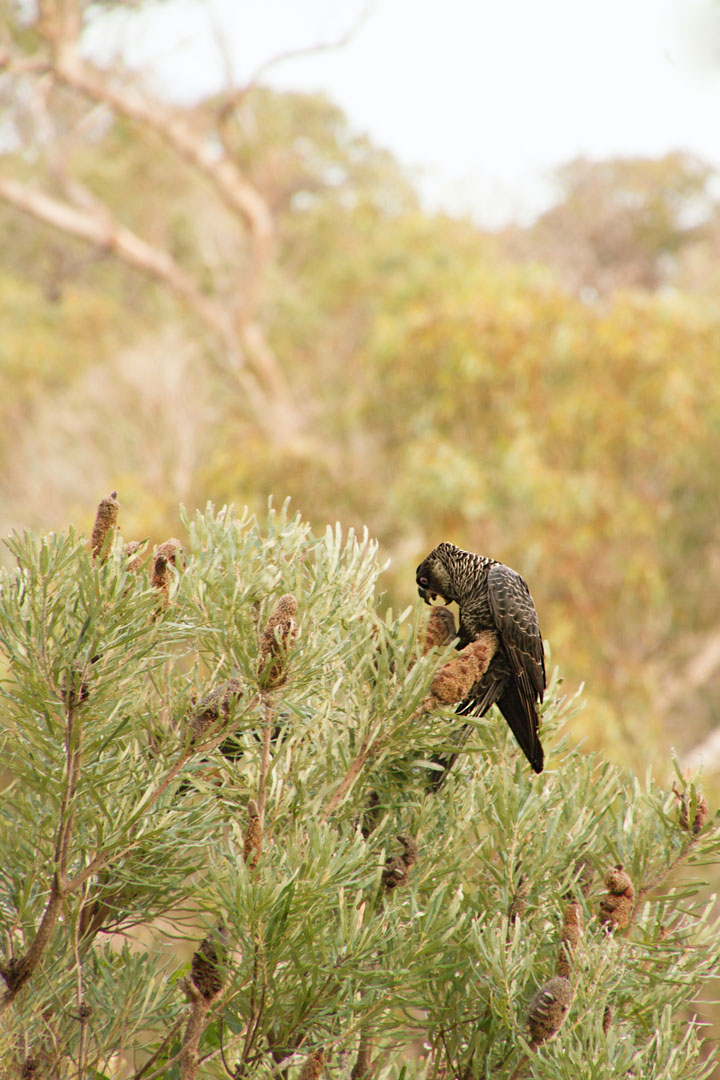Thinking about black cockatoos, their preservation, and the Western Australian government’s policies towards their preservation, the government’s efforts to protect the population of black cockatoos have been met with mixed reactions from environmental groups. Some see the government’s measures as a step forward while others feel it has fallen short in implementing holistic measures to safeguard these enchanting creatures.
The government has implemented numerous policies, including the Biodiversity Conservation Act 2016, which aims to preserve Western Australia’s unique flora and fauna, including black cockatoos. There’s also the $700,000 investment in the Great Cocky Count – a community-based survey that monitors the population of black cockatoos in the state.
Another policy, the Western Australian Government’s Green Growth Plan, designed to balance extensive urban development while protecting critical habitats, has set aside several hectares of black cockatoo habitat for conservation. In a broader context, the federal government also has policies directly linked to black cockatoo preservation. One of the most notable is the Environment Protection and Biodiversity Conservation Act 1999 (EPBC Act), which provides explicit protection for nationally listed threatened species and ecological communities.
However, the overall impact of these policies has sparked varied reactions from environmental groups.
Organizations such as Birdlife Australia laud the government’s participation in specific projects like the Great Cocky Count, but they believe the actual enforcement and implementation levels of protection policies leave much to be desired. They argue that habitats are vanishing faster than they can be preserved due to rampant urban development, land clearing, and mining activities, rendering policies ineffective.
The Wilderness Society Western Australia (WSWA) shares this sentiment. They acknowledge the government’s efforts but are dissatisfied with the rates of land clearing allowed by the Green Growth Plan and believe it is too heavy a price to pay for development. Transparency and accountability are also notable issues, with the WSWA questioning whether the government is adequately monitoring the status of protected habitats.
The current disparity of views poses the question: Is the WA government doing enough for black cockatoo conservation?
To some extent, it is. The government’s conservation measures show that they are aware of the black cockatoo’s situation. Investing in the Great Cocky Count depicts a keen interest in ongoing population surveillance. Conserving land shows the government understands the importance of preserving habitats to protect species.
However, certain points indicate that more could be done. Environmental groups raise legitimate concerns over the rapid rate of habitat destruction versus the relatively slow pace of policy enforcement. They highlight significant loopholes within protection policies that allow extensive land clearing.
Therefore, the actions that the Western Australian government is taking are commendable but insufficient. Addressing these concerns will necessitate a reevaluation of existing policies, putting more weight on sustainable development and stricter regulations on habitat destruction.
To end on a positive note, the current debate reveals one significant outcome – there is an active interest in the preservation of black cockatoos, both from the WA government and environmental groups. This shared commitment is the foundation for effective conservation initiatives. By opening dialogues, reassessing strategies, and strengthening the enforcement of existing protection measures, it is possible to strike a balance between development and preservation. Thus, ensuring that the enchanting charm of black cockatoos continues to grace Western Australian skies for generations to come.
